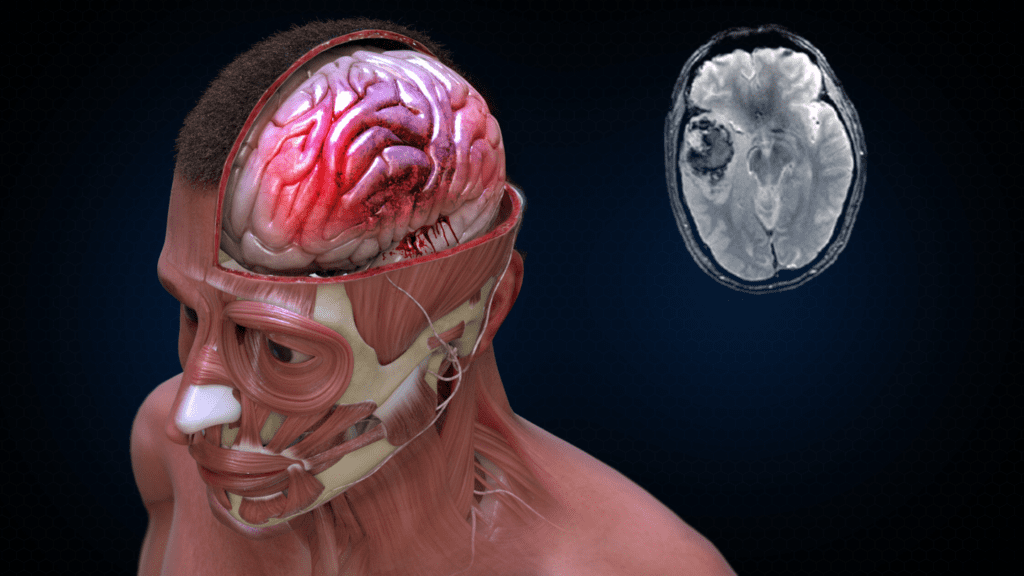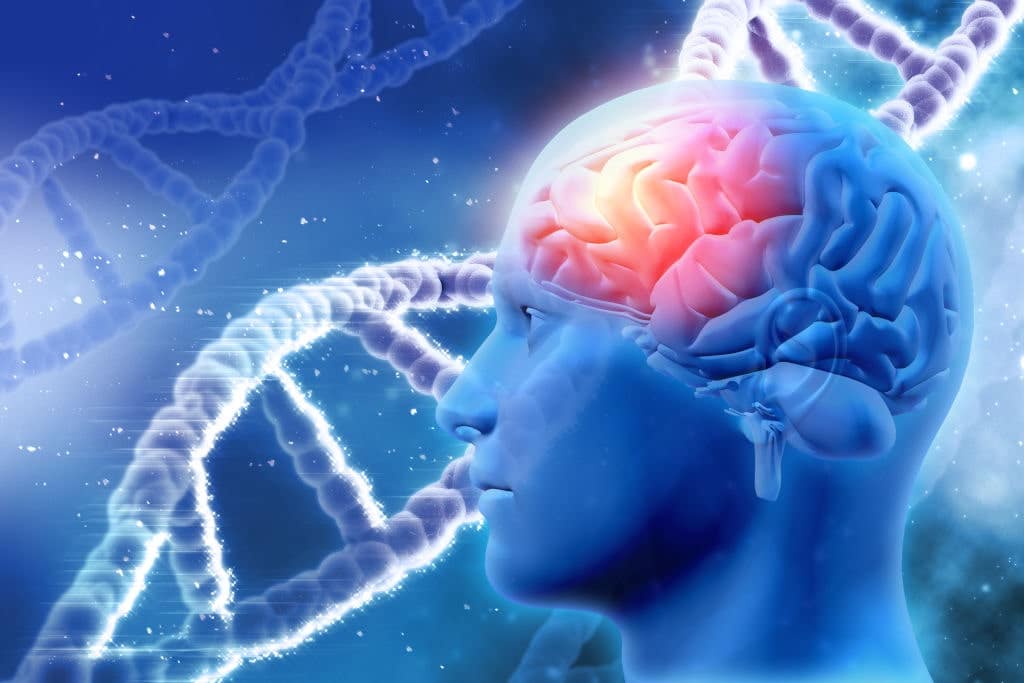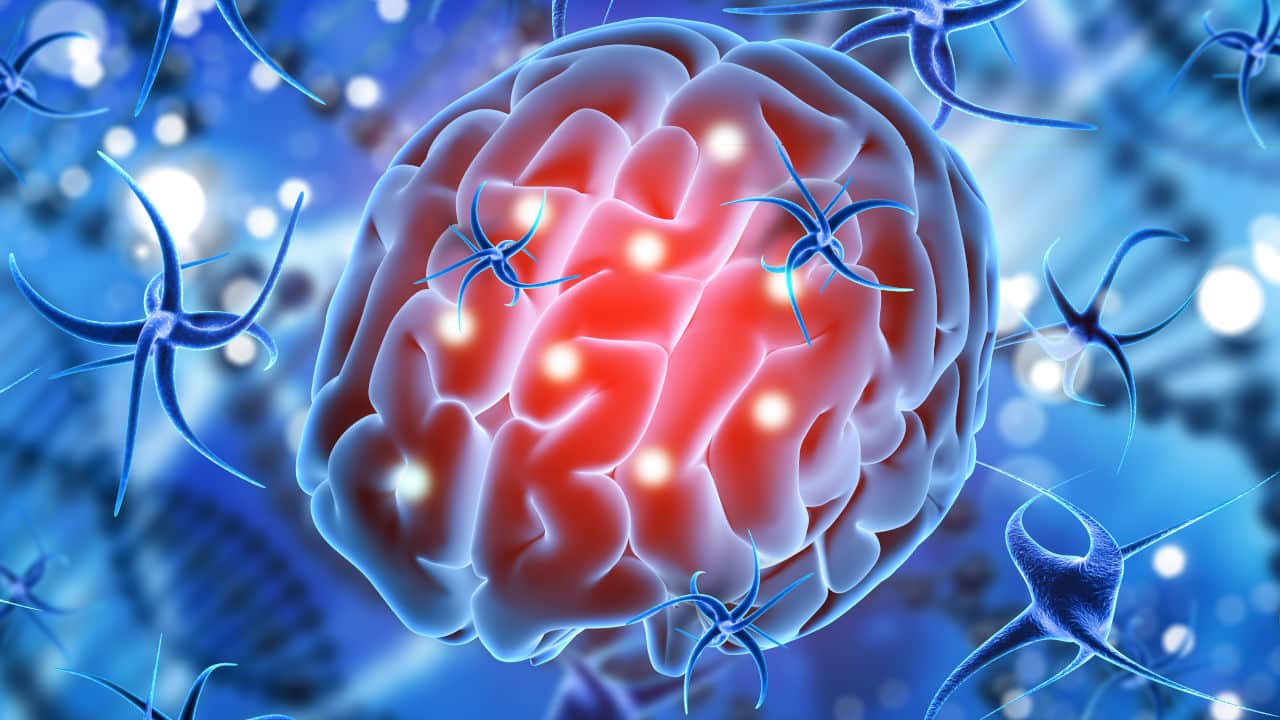A syndrome referred to as “organic” is a disease related to the cerebrum. It usually involves a problem with the functioning of the brain. Organic brain syndrome contributes to the health and social problems all over the world. In addition, this dysfunction may be primary or secondary, depending on how much of the body’s system is affected.
It has been proven to stunt a person’s life as it entails disturbances in cognitive abilities. A victim’s thinking, memory, attention, perception, and understanding are normally affected.
Imagine a person unable to think correctly or remember previous happenings; that’s what organic brain syndrome brings about. In the United States, about 6.2 million people have Alzheimer’s disease, which is a significant cause of organic brain syndrome.
What is Organic Brain Syndrome?
Organic brain syndrome (OBS) is a mental functioning disorder resulting from physiological issues (i.e., organic) and not from the mind. It could also be referred to as a mental disorder due to changes in the brain tissue. Other names for this disorder are organic brain disease, organic brain disorder, organic cognitive syndrome, or organic mental illness.
However, the more commonly used term to describe organic brain syndrome is “neurocognitive disorders.” It is usually taken to mean dementia, but while dementia is a part of OBS, it is not in its entirety. Neurocognitive disorders mainly occur in the elderly but could also occur in younger people.
What, then, causes this mental disorder?
There are several causes, such as what is called neurodegenerative diseases. These are diseases that take place as a result of the nerve cells in the brain losing function over time and eventually dying. They include Alzheimer’s, dementia, Parkinson’s, Huntington’s, prion, and multiple sclerosis. These could, in turn, result in behavioral changes, memory gaps, and inability to perform daily tasks.
However, nondegenerative causes of neurocognitive disorders include traumatic brain injury (the brain cells could be damaged due to a physical injury like a severe blow to the head), drug/alcohol abuse, breathing conditions (such as low body oxygen), presence of toxic chemicals, abnormal heart rhythm, high blood pressure, stroke, and infections. In addition, other medical conditions like cancer, liver disease, kidney disease, and vitamin deficiency may cause it.

Symptoms of Organic Brain Syndrome
In a case where neurocognitive disorders begin to occur in an individual, some pointers indicate that they may be affected by OBS. These symptoms are:
▪︎ Confusion
▪︎Memory loss
▪︎ Anxiety
▪︎Difficulty performing regular tasks
▪︎ Vision changes
▪︎ Lack of concentration
▪︎Difficulty walking and balancing
The major complication with OBS is that most people affected by OBS usually cannot relate and interact appropriately with people and function by themselves.
This case of Lake v. Cameron points out the confusion in the mind of someone who suffers from organic brain syndrome. Another example of the effect of this physiologically caused brain disorder is seen in the case of Phillips v. Lincoln Nat. Life Ins. Co.

The Use of Law Graphics In Organic Brain Syndrome Case
The use of law graphics in the case of OBS cannot be overemphasized. It gives a vivid view of the situation and aids in comprehension of the problem.
With law graphics, the legal practitioner would be able to provide a visual explanation -together with an oral presentation- of the case to all. This legal strategy has proven to be effective.
Through law graphics, the presiding judge, the members of the jury as well as all others present in the court would have an insight into the human brain. They can see an illustration of how it looks when it is in perfect condition, how the particular cause of the disorder- say, trauma to the brain- leads to a slow deterioration in the brain, and how the brain’s functioning reduces as a result.
The visual aid will be helpful in describing the trauma to the head if it’s caused by a physical blow to the head. It can illustrate how the hit damaged the cerebrum enough to cause organic brain syndrome.
In addition, law graphics is beneficial for cases where the cause of the disease is ingestion or inhalation of harmful chemicals like cadmium, lead, mercury, mefloquine, etc. It can showcase these toxins and illustrate their effect on the brain and, consequently, the person.
However, it’s important that law graphics are created to follow the rules of admissibility of demonstrative evidence. At Fox-AE, we have successfully created law graphics that have been used as demonstrative evidence in cases of traumatic brain injuries. Hence, illustrating organic brain syndrome in your case will be a welcomed task. Our in-house medical animators work with expert witnesses on every case to ensure that we create an accurate illustration of the cause of a TBI and its resulting effect.





